Back to top: Sub-family
Overview
In some cases a third set of distinctive features further characterize the shape. We call this sub-family characteristics. The codes consist of one or two letters. These characteristics often refer to the shape of the body of the vessel, but can also to other features. Continuing the example of necked jars from the family codes, we can note that this type can be sub-divided into flaring neck jars, short necked jars, restricted neck jars and straight necked jars. Similarly, carinated bowls can be divided into bowls with rounded carination and bowls with sharp carination.
As with the family codes, theoretically any combination of codes is possible, but in practice, certain main shape, family and sub-family codes occur together.
Below is a complete list of sub-family codes and their relation to main shape and family codes, along with links to the relevant typological examples.
Further definitions and a full list of possible shapes can be found in the Shapes-Codes.
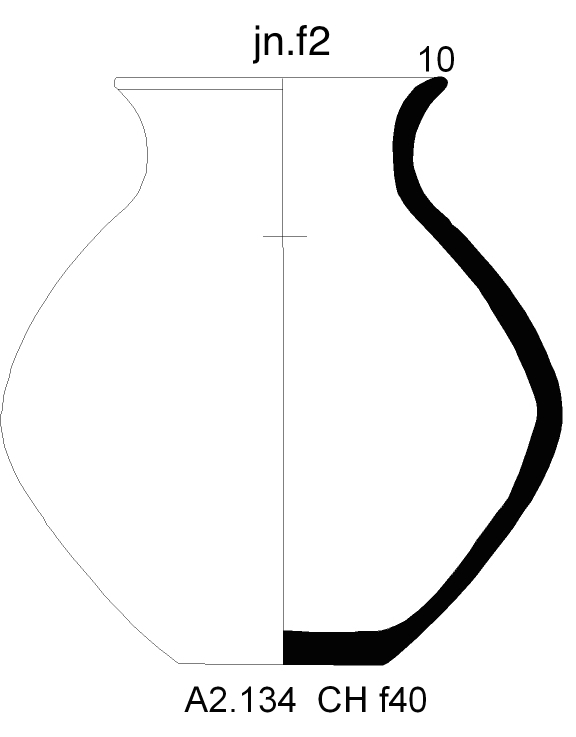
|
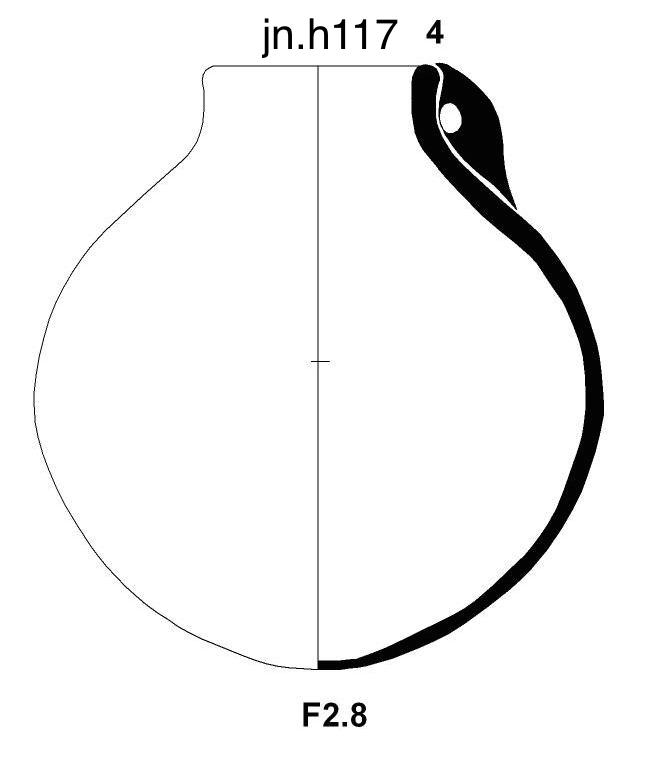
|
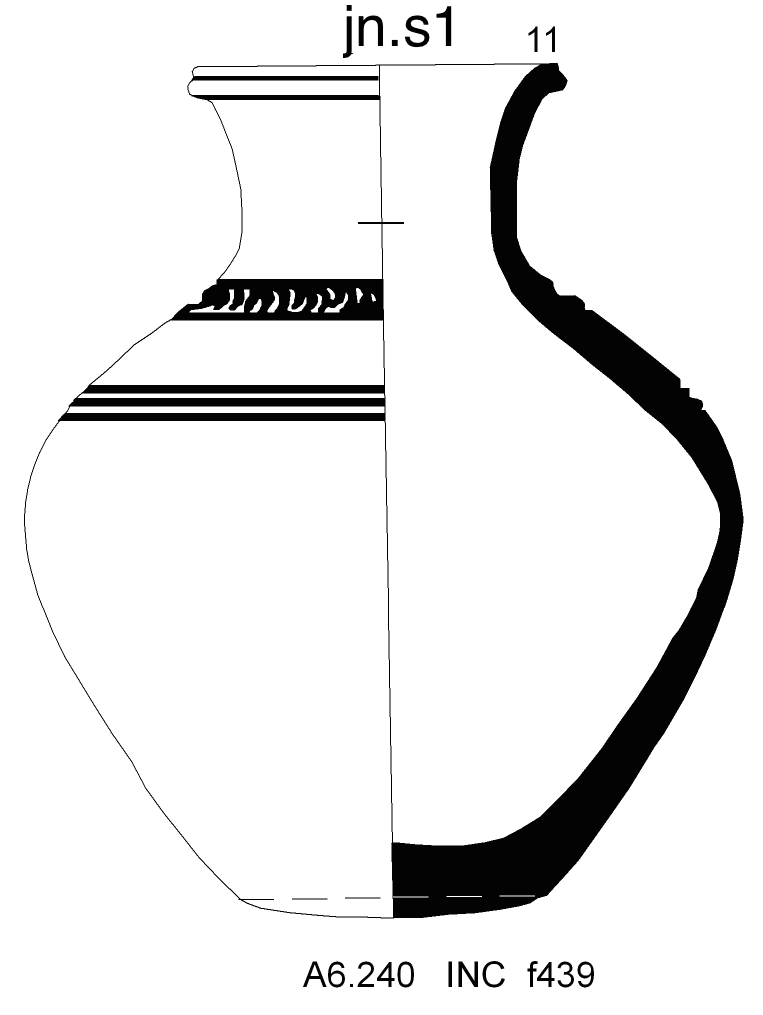
|
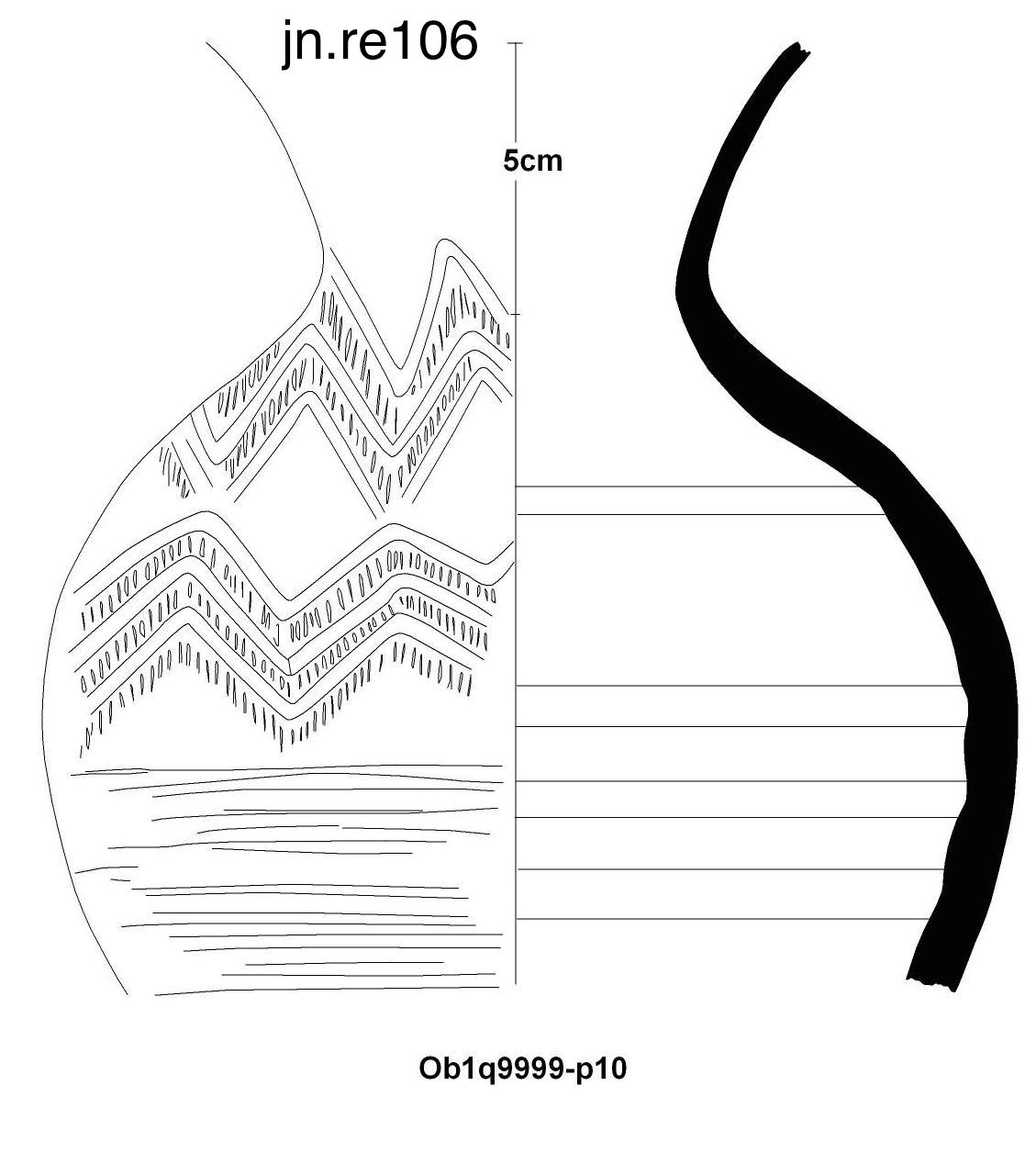
|
Flaring neck jar (jn.f) |
Short necked jar (jn.h) |
Straight necked jar (jn.s) |
Restricted neck jar (jn.re) |
Back to top: Sub-family
Sub-family shape codes
Back to top: Sub-family
dm - double-mouth
The double mouth characteristic only occurs with jars, usually combined with a globular body. Double or two mouth jars have two openings or mouths at different angles from which the contents can be poured. The shape is very rare.
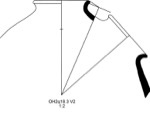
|
Globular double mouth jar |
See also the Cross-horizon typology.
Back to top: Sub-family
f - flaring neck
The flaring neck is a characteristic of necked jars only, and is a very common shape throughout the occupation of Urkesh.

|
Flaring neck jar |
See more examples in the Cross-horizon typology.
Back to top: Sub-family
fl - flaring body
A slightly flaring body is a specific characteristic of certain deep bowls from the early periods of the site. It is distinct from a conical shape in that it is usually only the upper part of the body that is flaring, as opposed to a straight conical line from base to rim. The shape is not very common.
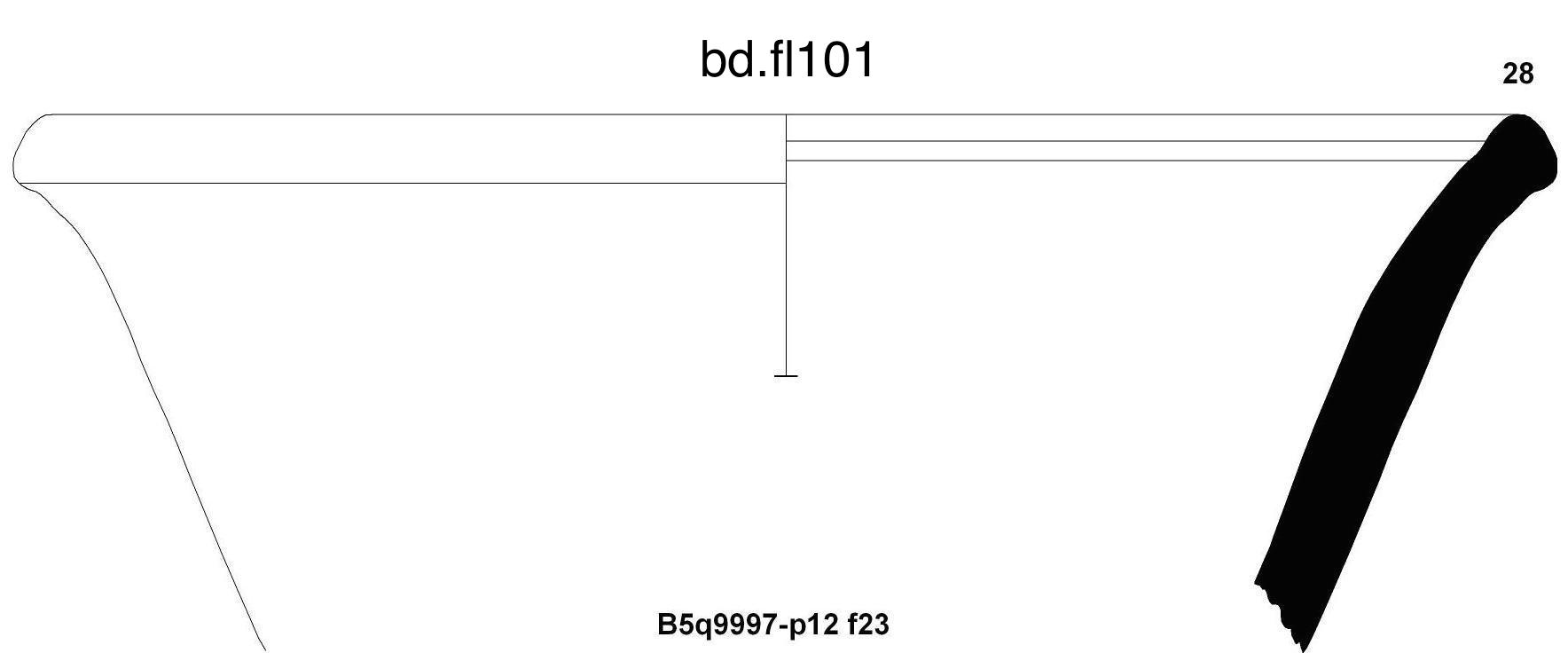
|
Deep bowl with slightly flaring upper body |
See more examples in the Cross-horizon typology.
Back to top: Sub-family
h - short necked
The short neck is a characteristic of necked jars only, and is a very common shape throughout the occupation of Urkesh, but is esepcially found in the ED III period.
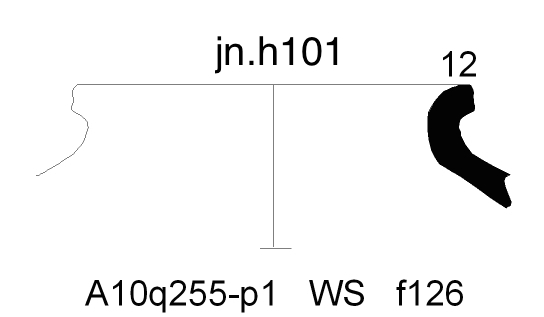
|
Short neck jar |
See more examples in the Cross-horizon typology.
Back to top: Sub-family
r - rounded
The rounded sub-family code refers specifically to a type of carination on bowls. The shape occurs throughout the occupation at Urkesh and is quite common. The characteristic can also more rarely be found with casseroles.
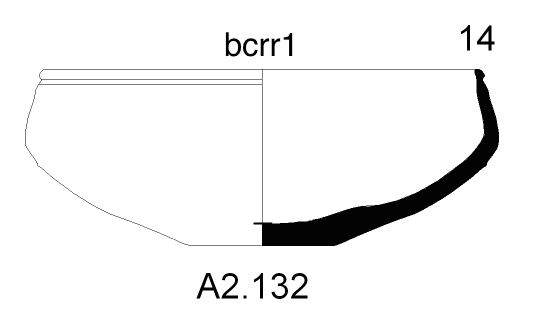
|
Carinated bowl with rounded carination |
See more bowls in the Cross-horizon typology.
See casseroles in the Cross-horizon typology.
Back to top: Sub-family
re - restricted neck
The restricted neck is a characteristic of necked jars only, and is a common shape throughout the occupation of Urkesh, but is esepcially found in the early periods.
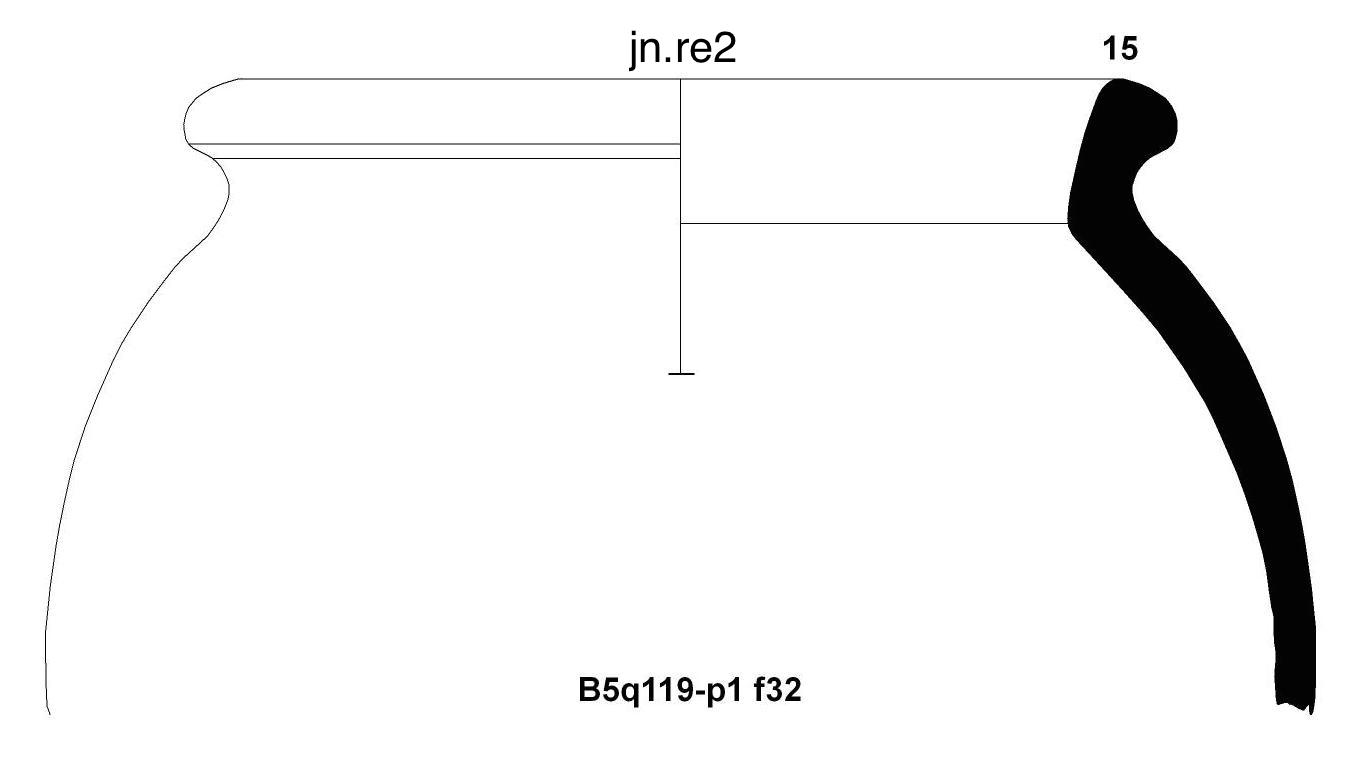
|
Restricted neck jar |
See more examples in the Cross-horizon typology.
Back to top: Sub-family
rh - rough
The rough characteristic is specific to conical cups od especially the ED II period.
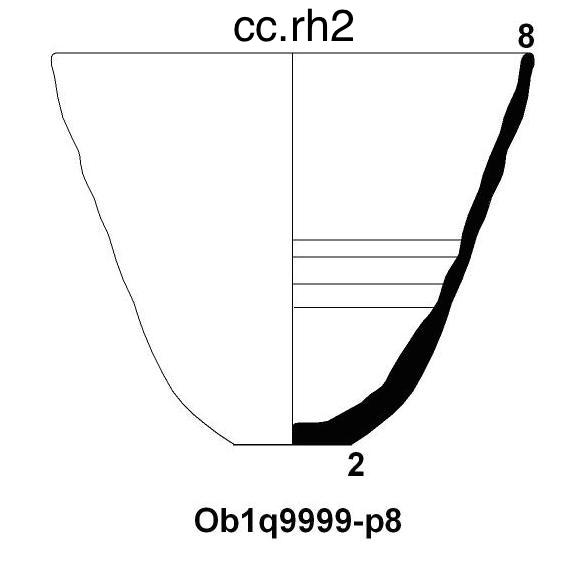
|
Rough conical cup |
See more examples in the Cross-horizon typology.
Back to top: Sub-family
rp - rope decoration
Rope decoration is characteristic of a specific type of deep bowl from the early periods of Urkesh. This code is used infrequently as the decoration codes can be used to indicate types of rope decoration.
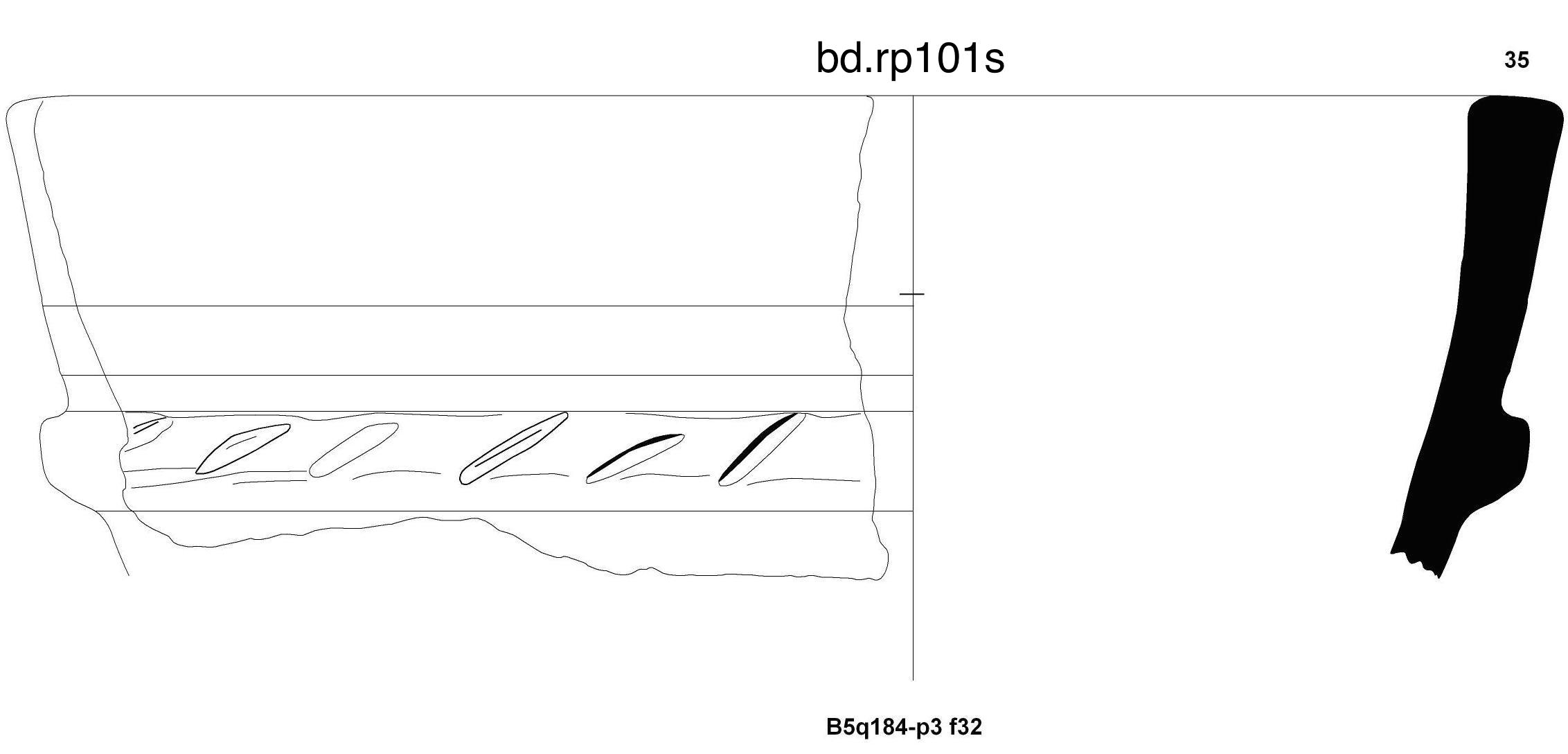
|
Deep bowl with rope type decoration |
See more examples in the Cross-horizon typology.
Compare to types of appliqué decoration.
Back to top: Sub-family
s - straight
This characteristic can be found with deep bowls and necked jars. Straight sided deep bowls appear especially in early periods, while straight necked jars can be found throughout the occupation and is a very common shape.

|
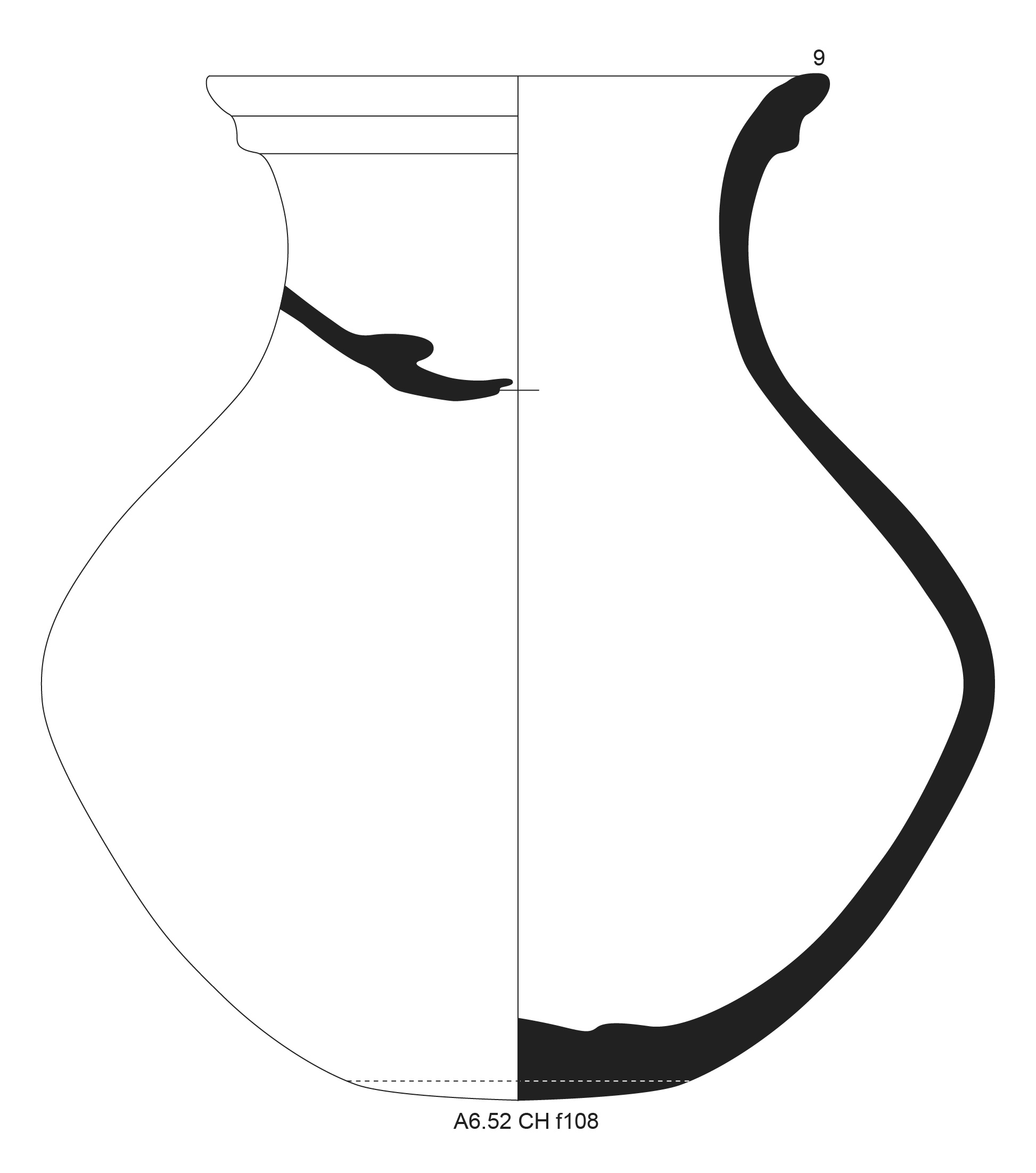
|
Deep bowl with straight sides |
Straight necked jar |
See more bowls in the Cross-horizon typology.
See more jars in the Cross-horizon typology.
Back to top: Sub-family
sa - sharp carination
The sharp sub-family code refers specifically to a type of carination on bowls. The shape occurs throughout the occupation at Urkesh and is quite common.
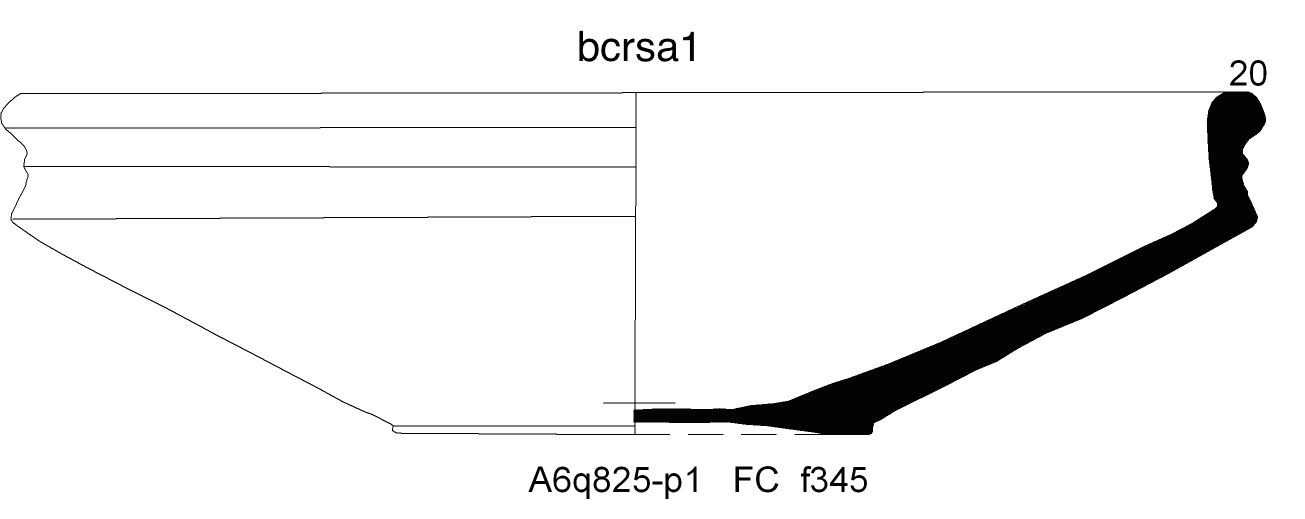
|
Carinated bowl with sharp carination |
See also the Cross-horizon typology.
Back to top: Sub-family
tr - handle near rim
This is a feature of miniature jars only. It is very rare.
See Horizon example.
Back to top: Sub-family
w - wheel marks
Strong wheel marks appear on straight sided and hemispherical bowls, especially in the Late Chalcolithic and ED III.
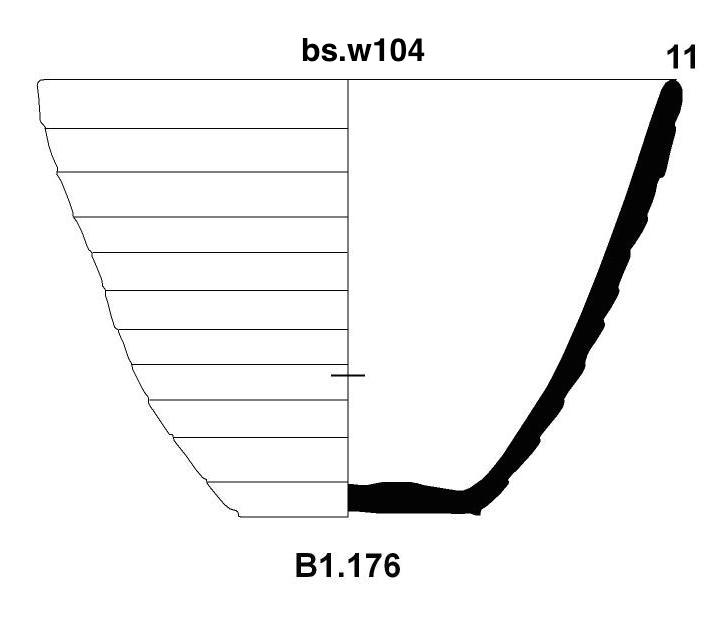
|
Straight sided bowl |
See also the Cross-horizon typology.
Back to top: Sub-family
we - wheel marks on exterior
In many cases vessels with strong wheel marks on the exterior also have interior wheel marks, in which case the previous code (w) is used, but in some cases the exterior wheel marks are the distinguishing characteristic. This code is generally found as a characteristic of straight sided bowls.
Back to top: Sub-family
wi - wheel marks on interior
The strong wheel marks on the interior is a further characteristic of the straight sided and hemispherical bowls with wheel marks.
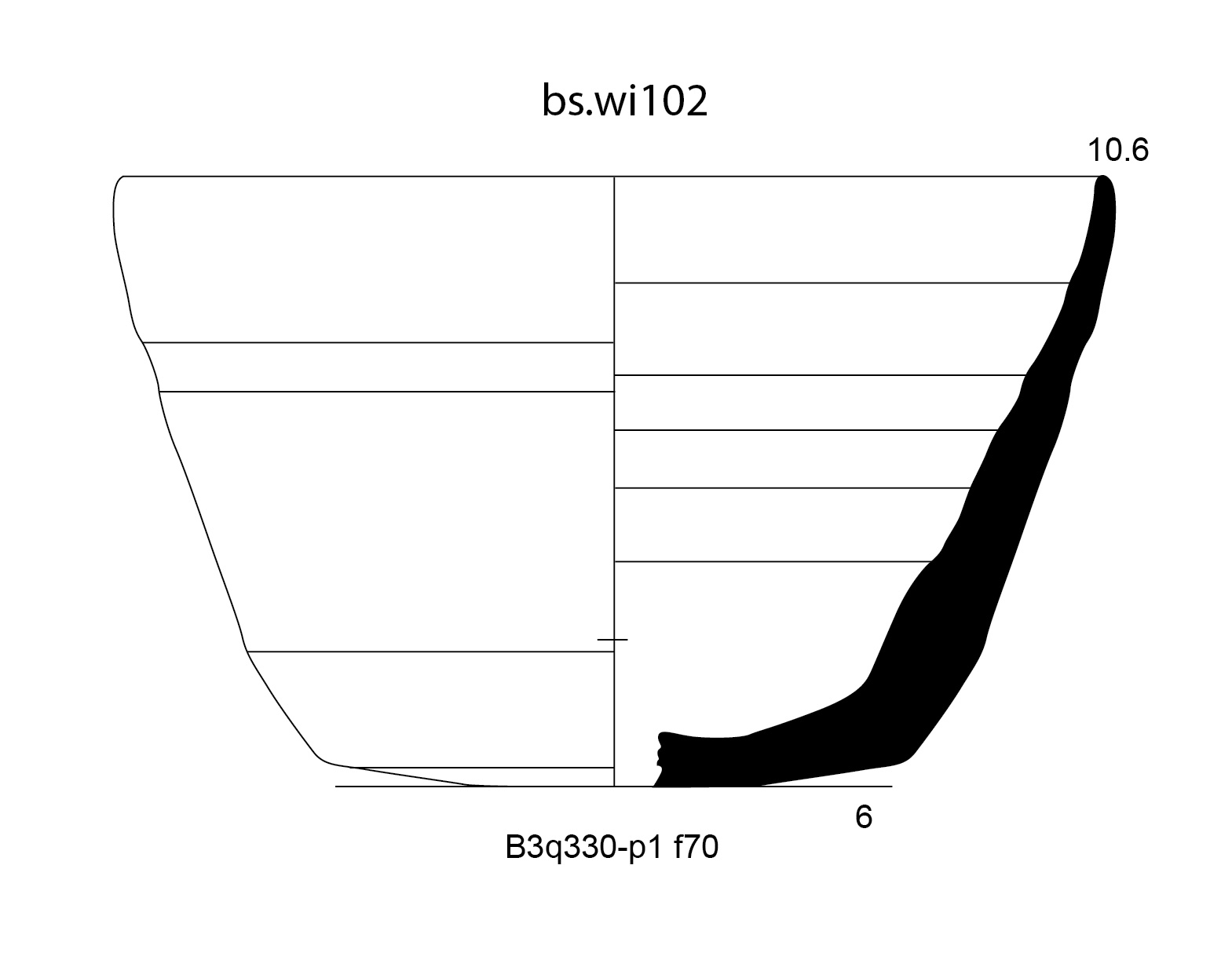
|
Straight sided bowl |
See straight sided bowls in the Cross-horizon typology.
See hemispherical bowls in the Cross-horizon typology.
Back to top: Sub-family